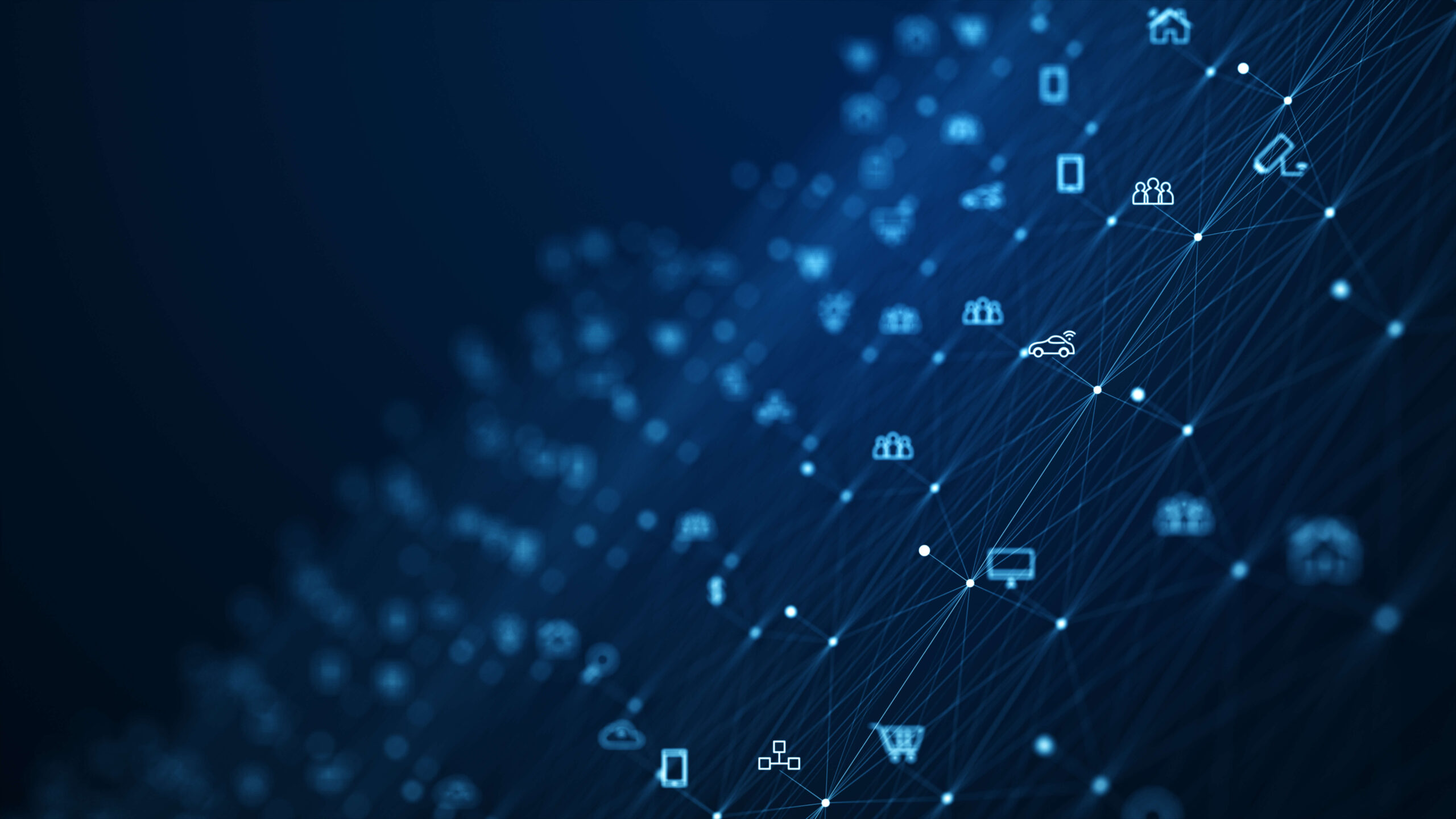

June 12, 2024
In today’s digital age, where technology and convenience reign supreme, our reliance on networks and connected devices continues to soar. However, this growing interconnectivity also ushers in an era of heightened cyber risks and vulnerabilities, making network security more crucial than ever. According to ISC2’s 2023 Cybersecurity Workforce Study, 75% of respondents feel the current threat landscape is the most challenging in five years. Technology must be leveraged for more than innovation and convenience; it must be a digital fortress to protect our privacy and critical assets.
Network security is the backbone of any organization, safeguarding data, assets, and the integrity of IT infrastructure from cyber threats. In an era where cyber threats are evolving at an unprecedented rate, network security becomes pivotal in preventing unauthorized access, data breaches, and potential financial losses. Organizations may have to do this with limited resources. ISC2’s 2023 report states that 35% of respondents cited an inability to remain aware of all threats against their network due to a lack of cybersecurity personnel.
Depending on an organization’s industry, there may be cybersecurity standards they must comply with. Navigating the maze of compliance and regulatory requirements can be daunting. However, adherence to standards such as NIST, HIPAA, and CJIS is not optional but necessary. Regulatory compliance ensures organizations implement the requisite security measures to protect sensitive data and privacy. In the case of CMMC, these requirements may extend beyond the vendors contracting directly with the Department of Defense. Subcontractors must meet compliance requirements to ensure stability and security throughout the supply chain.
Need help navigating the CMMC maze? Learn more here.
Detecting threats before they escalate into full-blown attacks is vital for maintaining a secure network. Advanced network scanning techniques empower organizations to identify vulnerabilities and irregularities within their network proactively. This preemptive approach is pivotal for timely threat detection and mitigation. Huntress 2023 State of Cybersecurity Report, “Almost one-third of respondents indicated they were not deploying threat monitoring, endpoint detection, and response, vulnerability scanning, patch management or network detection and response.” Without the proper tools and processes, organizations’ ability to detect and mitigate threats is severely diminished.
Vulnerability management is the systematic process of identifying, assessing, treating, and reporting security vulnerabilities in systems and software. An effective vulnerability management strategy is critical for minimizing the risk of cyber-attacks and ensuring a robust security posture. By taking a proactive approach, organizations can stay one step ahead of potential threats and minimize the risk of an attack.
Learn more about vulnerability management.
10 Benefits of Vulnerability Scanning.
As cyber threats grow in sophistication, the demand for skilled cybersecurity professionals escalates. Staff co-sourcing is a strategic approach to address this challenge, providing the flexibility to enhance an organization’s cyber defense capabilities with expert talent as needed. ISC2’s study found that 67% of respondents had a cybersecurity staff shortage. An additional 92% reported a gap in cybersecurity skills. Working with a third party to fill staffing roles can efficiently access experienced staff or particular skill sets.
Learn more about how Dewpoint can provide access to valuable IT professionals.
Patch management is critical to maintaining the security and operational integrity of software and IT systems. Timely application of patches is crucial for correcting security vulnerabilities and enhancing system stability. This is especially true for IoT devices, which can be easily overlooked compared to servers, PCs, desktops, and smartphones. Developing a comprehensive patch management strategy and leveraging automated solutions is essential for mitigating patch-related cyber risks.
Learn more about patch management.
To safeguard connected devices and networks against cyber threats, it’s imperative to adopt a holistic security approach. This includes regular security assessments, adoption of IoT cybersecurity measures, implementing robust firewalls and encryption, employee training on security awareness, and establishing a systematic incident response plan. Embracing these actionable insights and best practices is pivotal in navigating the complex landscape of cyber threats and ensuring a secure digital environment for businesses and users alike.
Ready to start your security journey? Contact us today to schedule a meeting with a security expert.
Want to get instant feedback on your cybersecurity posture? Take our quiz.
Dewpoint, an award-winning, Michigan-based technology firm, has been helping businesses prepare for, stay ahead of, and respond to IT challenges for over 27 years. From IT security to infrastructure management to automation, cloud migration, and beyond, Dewpoint has long been a trusted technology resource for businesses.
Sources: